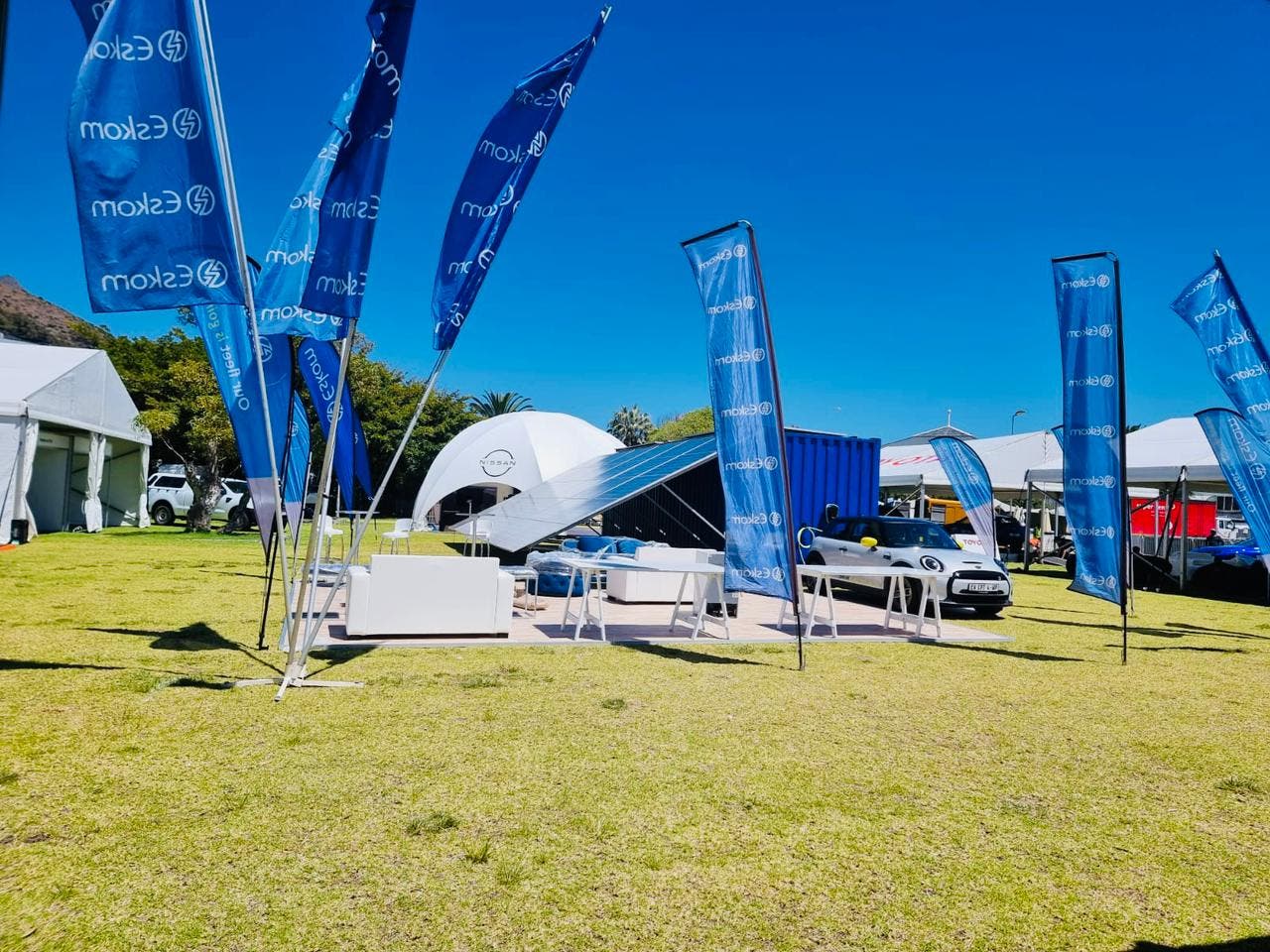Eskom Gets Ready To Support The Growth Of The E-Mobility Sector In South Africa
The transition to electric mobility is a major opportunity for national power utility companies on the African continent. It’s a major opportunity to increase their revenues as EVs charge up on locally generated electricity. Countries will also benefit from reduced fossil fuel imports, saving them much needed foreign currency. It’s also a major opportunity for these utility companies to lower their own operational costs by switching their own vehicle fleet to electric, thereby substitution a huge chunk of their diesel bill with their own locally generated electricity.
Kenya Power recently announced that it will be replacing its entire 2,000 vehicle fleet with electric vehicles over the next 4 years. Now, this weekend, Eskom announced that it also plans to transition its 13,000 vehicles to electric over time starting with the most feasible options.
To get things going, Eskom is undertaking a pilot project to introduce electric vehicles for both its utility and passenger vehicle fleets. “We will soon seek suitable partners for the rollout of public charging stations on Eskom sites across the country, through applicable procurement processes. In time, these should be accessible to the public,” says Eskom.
As a major stakeholder in the electric vehicle ecosystem, Eskom is positioning itself to play an important role in supporting the development of the electric mobility sector in South Africa. Speaking at the Africa’s Green Economy Summit held in Cape Town this week, Eskom Group Executive for Distribution Monde Bala stated that the organization has pledged to be part of the anchor market for electric vehicles (EVs) to make a positive contribution towards local market stimulation. In this regard, Eskom has joined the list of local sponsors for the E-Fest with a R2.1m sponsorship which will profile Eskom’s microgrid technology and mobility solution.
Eskom has already submitted the residential time-of-use (ToU) charging tariff to the National Energy Regulator of South Africa (Nersa) for approval. This will enable EV owners to achieve significant savings when using off-peak and standard periods to charge their cars, encouraging EV uptake and boosting electricity sales.
“In line with Eskom’s Just Energy Transition (JET) vision of achieving “net zero” carbon emissions by 2050, we are also aiming for zero emissions from our sizeable fleet of vehicles. We aspire to replace our entire fleet of conventional vehicles with electric vehicles by 2040,” said Bala.
Eskom is also deploying microgrids which will support the growth of e-mobility in the country, while also serving as an alternative solution to addressing load-shedding. Eskom currently has four sites being powered by microgrid technology in Ficksburg (Free State), Lynedoch (Western Cape), and Swartkop (Northern Cape), supplying renewable electricity to over two hundred households, a police station, and businesses in the area. Eskom is conducting feasibility studies on more than 80 project sites around the country.
Most of the identified sites will use solar photovoltaic (PV) as the primary source of energy and lithium-ion batteries for storage capability. Other sites will use micro wind turbines and small-scale hydro turbines, based on the most optimum energy source available. The rollout of these projects will be phased over the next 5 years.
The deployment of the microgrids at Swartkop and Ficksburg serves as a proof of concept in using of microgrids in remote areas which are difficult to reach or expensive to electrify through the conventional means of electrification. On the other hand, the installation of the microgrid at Lynedoch residential area demonstrates how this technology can be used to complement the grid, serving as backup electricity supply to households, hospitals, and other facilities. As an added advantage, microgrids contribute in reducing carbon emissions because they use renewable sources.
Battery storage will also be a key enabler of e-mobility. Eskom is making notable progress in this regard with the construction of the first energy storage facility under Eskom’s flagship Battery Energy Storage Systems (BESS) project already begun at the Elandskop BESS site in KwaZulu-Natal in December of last year.
Image courtesy of Eskom
Have a tip for CleanTechnica? Want to advertise? Want to suggest a guest for our CleanTech Talk podcast? Contact us here.
Latest CleanTechnica.TV Video

CleanTechnica uses affiliate links. See our policy here.

